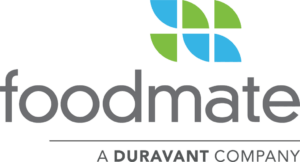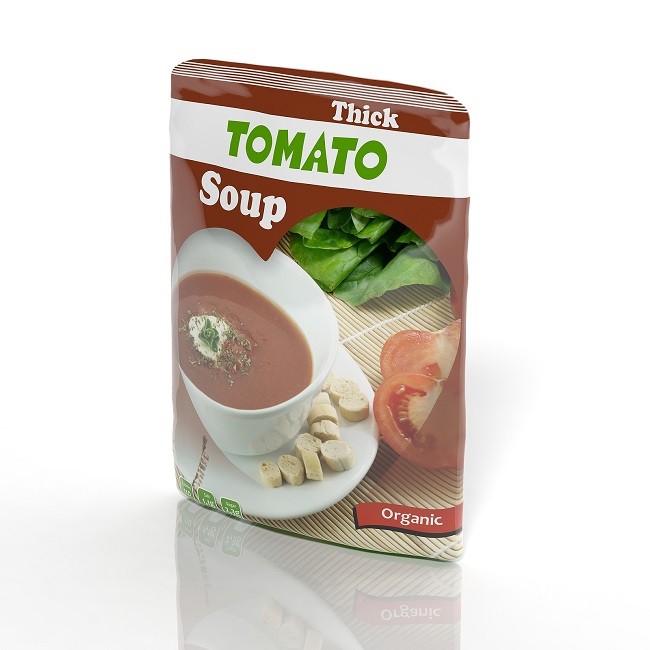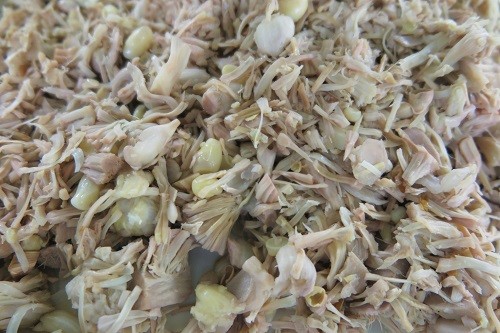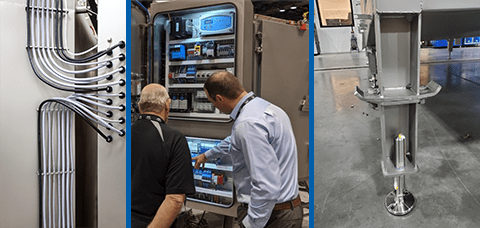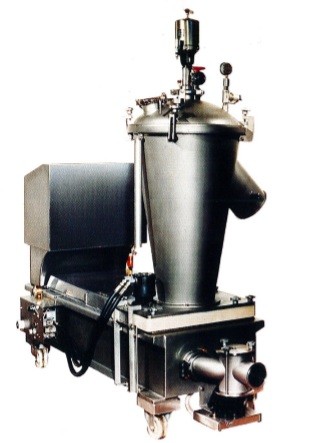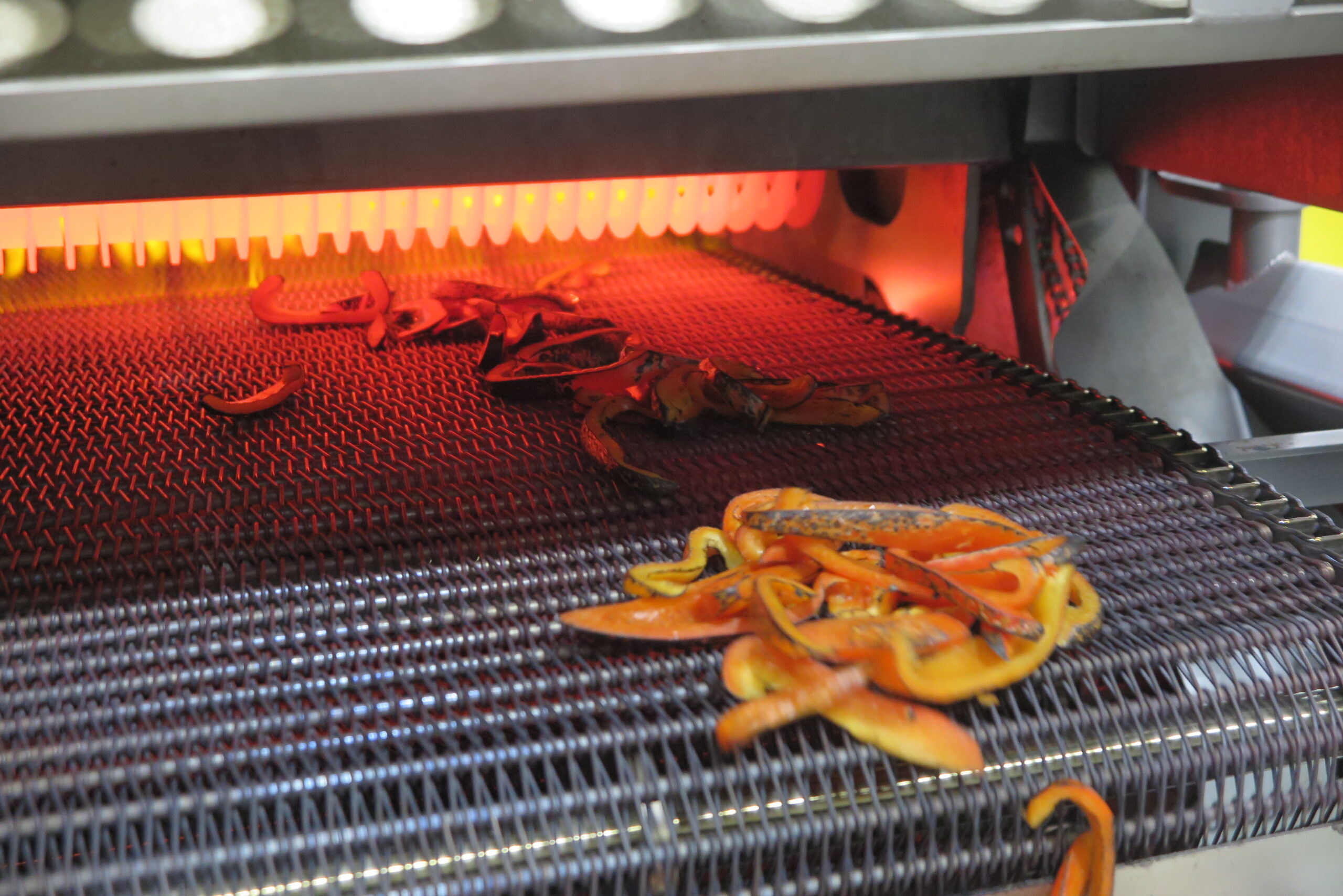As consumer trends shift, there has been an increase in demand for high-quality, affordable in-home dining options. Food processors that produce sauce pouches and ready-to-eat (RTE) meals will see an increased need for post-pasteurization to ensure their products are safe, and to promote clean label products with a shelf life that allows the product to be distributed to as many markets as possible. Food processors are seeking the process knowledge and guidance for equipment solutions to meet their product needs by providing validated post-pasteurization solutions.
Post-Pandemic Preferences
The global pandemic continues to shift consumer priorities and dining trends. Whereas consumers are returning to the pre-pandemic lifestyle of relying on dine-out options more regularly, the frequency is not the same: most meals will still be eaten at home, according to new research from NPD Group. This is because more people have home-centric lifestyles than they did prior to the pandemic, like working remotely from home. This means that there is a growing need for retail and restaurants to provide quality in-home meal solutions for consumers.
These meal solutions need to be reasonably priced and have a good shelf life. A recent report by Deloitte suggests that both price and shelf life matters more now than it did in the past, and that is leading to shoppers purchasing more frozen rather than fresh foods. Nearly half of consumers (45% of respondents) said that their fresh food purchases go to waste more often than they did before the pandemic. In addition, 65% of respondents have noticed a price increase on fresh foods, with 82% saying that the price has increased more than is justified—however, only half of consumers have thought that the price of frozen food has increased over the same time period. This shows the need for in-home meal solutions which are affordable and will last as long as possible.
At the same time, there is an increase in interest for clean label products: products with fewer total ingredients that are easily recognized by the consumer and are considered wholesome, such as by featuring little to no preservatives. As it concerns increasingly-popular plant-based products in particular, Innova Market Insights predicts “particularly good growth for ‘plant-based’ claims in categories such as sauces and dressings, prepared meals, spreads and snacks.” This shows the uptick in demand for plant-based sauce pouches and ready-to-eat meals, which implies an increased need for efficient pasteurization methods.
Post-Pasteurization for Food Safety, Clean Label, and Shelf Life
Recent reports show that two-thirds of food processors expect food-safety claims to rise, and pasteurization can help prevent these food-safety claims from happening. Once a product has been heated through and then packaged, a post-package pasteurization step will ensure that no contaminants remain on the surface of the product packaging, which is especially important for packaged sauces and RTE meals. Post-pasteurization is the alternative to shelf-life extenders, such as the antimicrobial ingredients lactate and diacetate. Today, post-package pasteurization is primarily used to eliminate Listeria monocytogenes from the surface of RTE meat products which may have been exposed prior to the packaging process, and these techniques can be used to ensure greater product safety for other product lines as well.
Food processors can also use post-pasteurization to satisfy the increase in consumer interest in clean label products because those antimicrobial ingredients that are commonly used to extend shelf-life and preserve the food product can be dropped from the formulation. By using a post-pasteurization process, processors can highly reduce or eliminate the need for preservatives because pasteurization serves as the kill step for harmful bacteria. By using steam or water bath methods for heating products in a package, processors can produce a safe RTE product without adding antimicrobial chemicals like nitrites, lactates, or diacetates to their product, which results in a cleaner-label product that lasts longer on the shelf.
Marlen’s Post-Pasteurization Solutions
Marlen International’s Continuous Thermal product line and product line specialists are well-informed to recommend the ideal automated post-package pasteurization solution for a specific application, especially to those manufacturers that produce sauce pouches and RTE meals.
For post-package products in pouches for example, the Marlen Aquaflow has a unique footprint as a stand-alone single tank system or modular multi-tank system for continuous pasteurization. Water is pumped into the tank through a detailed sparging system that ensures a constant temperature over the product during the entire residence time. This ensures products sent through the Aquaflow are consistently pasteurized through an automated, continuous water bath. Aquaflow tank sizes are custom designed for sufficient holding capacity to meet product throughput without overcrowding, which avoids damaging the product and inefficiently transferring heat.
For post-package products in plastic microwaveable trays (CPET) like lasagna RTE meals, the Marlen Spiral Oven is also capable of providing continuous post-pasteurization. Marlen Spiral Ovens have a unique footprint as a stand-alone oven designed as a cubic cooking chamber with small infeed and exit points. A stainless-steel woven mesh belt spirals upward through multiple circular tiers to keep the total belt length contained in a relatively small footprint. The Spiral Oven utilizes steam or super-heated vapor to pasteurize packed products. This yields an additional benefit: since the packages maintain their pack orientation on the spiral belt, this means that products post-pasteurized with the Spiral Oven can be immediately packed off into boxes for shipping.
To satisfy current consumer trends regarding pouches, packs, trays, and other RTE products that need to be safe to eat, have a long shelf life, and are clean label, food processors need the reliability of a fail-proof pasteurization process with automated equipment and techniques. Marlen’s Continuous Thermal portfolio provides an automated pasteurization step that can be easily included in a food processor’s existing process. Since this process is continuous and automated, this provides a great benefit to food processors over batch solutions which require labor for loading and unloading the batches.


